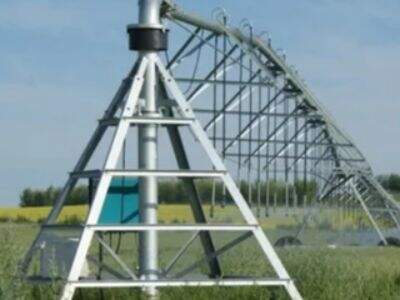Center pivot systems look like large mechanical arms that reach out over fields to help water crops. They contain numerous important parts that work together to ensure plants receive the proper amount of water. Let’s consider these various elements and then connect the dots to get a good watering system.
Essential Components of a Center Pivot System
The heart of any center best center pivot irrigation system is the pivot point. This is the hub around which everything revolves. Miles from here, long pipes, supported on towers, radiate outward. Sprinklers attach to the pipes and disperse the water to cover the field as the system rotates in a circle. Powered and operated by the motors, gearboxes, and control panels making up the system, Ensuring water gets to it’s destination.
Center Pivot Systems: An Overview What is a Center Pivot and How Does It Work?
Although center pivot systems can look complex, what they’re based on is really simple. As the system revolves around the solar center pivot irrigtaion point, water is delivered through the pipes and sprayed over the crops. The maneuvering ensures all parts of the field receive equal water, and no section is over- or under-watered. This uniform watering is very beneficial for the good growth of the plants and to get the best crop yield.
Key Components of the Pivot System
The sprinkler package is one of the most important components of a solar powered centre pivot. This would also cover sprinklers on drop tubes attached to drops spanning the vertical ore pass sections. Pressure and flow regulate the sprinklers to distribute the water evenly. Often, more end guns are added to ensure even the edges of the field receive enough water.
Top 7 Center Pivot System Parts
Pivot Point: The middle book or the one everything revolves around.
Pipes: Long pipes deliver water from the source to the sprinklers.
Towers: These support the pipes and keep them stable while the system is in motion.
Sprinklers: They disperse water uniformly over the field as the system rotates around it.
Motors:These power the system to spin and push water through the pipes.
Gearboxes: These direct how quickly and in what direction the system spins.
Control Panel: The system’s brains, it allows farmers to set and monitor the system and ensure that crops receive the correct amount of water.


